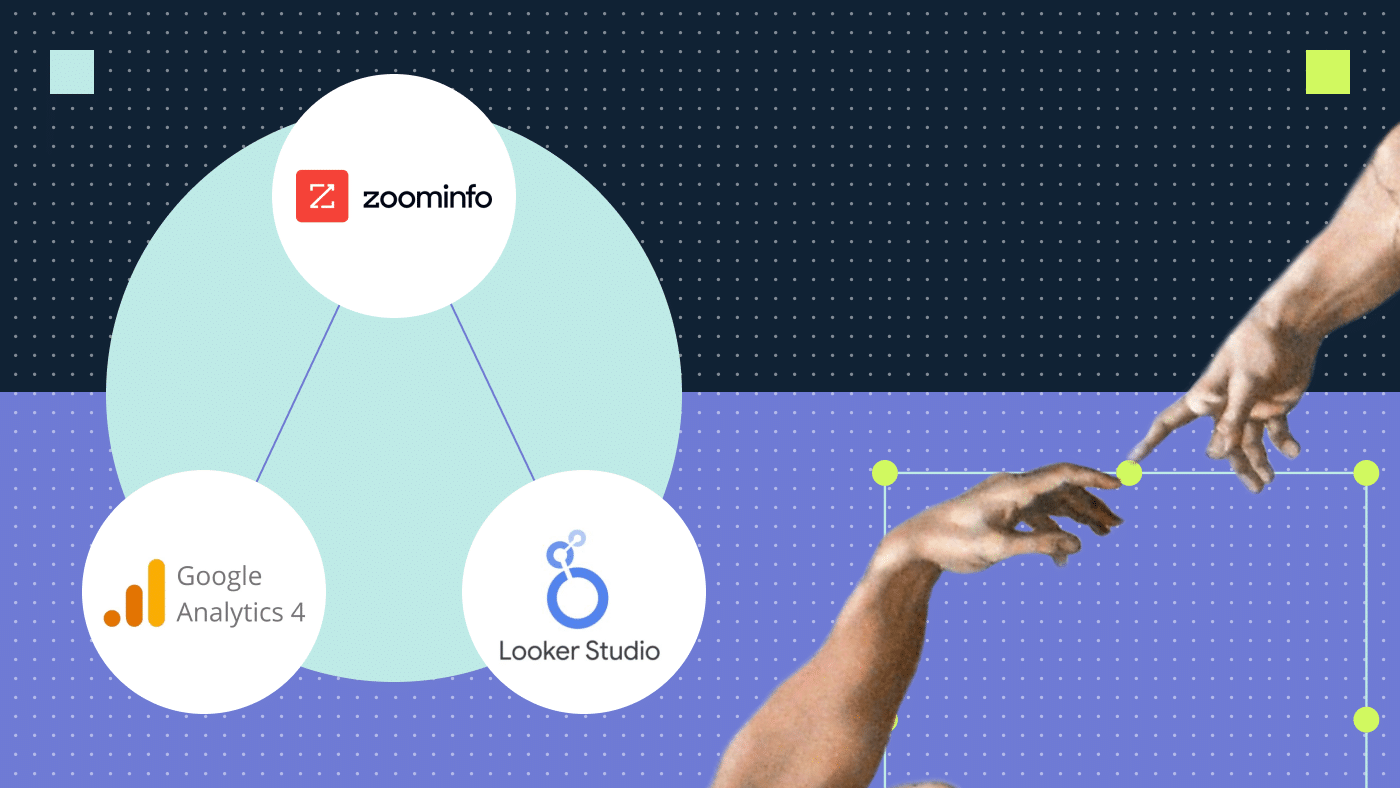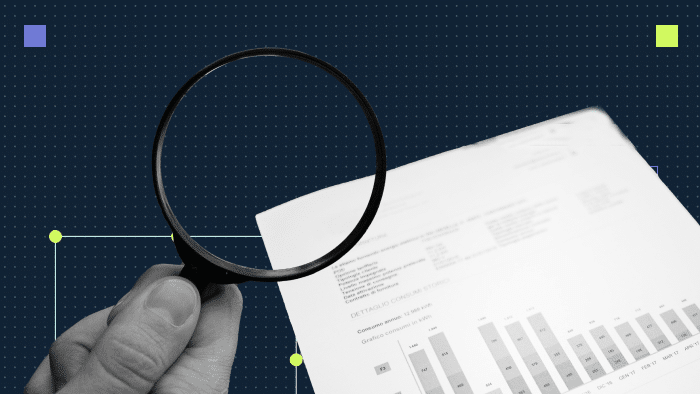Have you ever wondered if artificial intelligence (AI) platforms like ChatGPT or Gemini are using content from your website to answer user queries? While you invest time and resources to rank well in search engines, these AI sources have become an indirect source of traffic to your site, too.
When AI tools reference your content, users might follow those links to visit your pages, creating a new traffic channel worth monitoring with Google Analytics. You can use these insights to refine your content strategy. So let me show you how to track AI traffic in GA4.
Key highlights:
- Marketers can track traffic from AI sources like ChatGPT, Gemini and Perplexity directly within Google Analytics 4 (GA4). These insights help you understand how AI tools are using your website’s content, which can inform your marketing strategy and improve brand visibility.
- Key metrics to monitor in GA4 include traffic sources, landing pages, user engagement and conversions, allowing you to optimize content for both AI and human visitors.
- Set up AI referral tracking in GA4 by creating custom segments and channel groups, and for more in-depth analysis, integrate GA4 with Looker Studio.
- In addition to helping you track traffic from AI platforms like ChatGPT, Gemini and Perplexity, Productive Shop provides in-depth website audit and marketing strategies to optimize your B2B SaaS site for demand and lead generation.
What is AI traffic?
AI traffic refers to the visits your website receives as a result of a user interacting with an AI chatbot like Gemini or ChatGPT.
An example can be a conversation between a user and Gemini about how to generate demand with content marketing for cybersecurity companies. In this specific conversation, Gemini pulled information from our website and included a link to it in its response, as shown in the image below. 👇
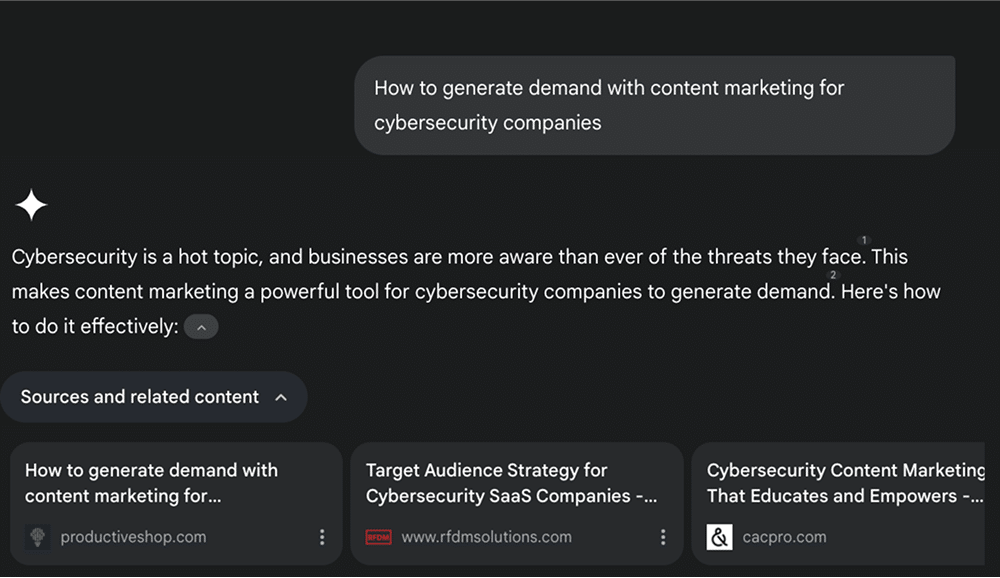
The user clicks on the link at the bottom and goes to the website. That’s AI traffic.
This interaction is not classified as direct traffic because the user didn’t type the URL directly into the browser. It also differs from an organic search, as the user isn’t directly querying a search engine and clicking on a resulting link. While AI might use search engines behind the scenes, the user interacts with the AI tool, not the search engine results page.
Why should you track AI traffic sources?
Tracking AI traffic sources, including visits from chatbots like ChatGPT, helps you understand how AI agents are indexing and interpreting your website, so you can optimize it for better visibility and performance. You’ll be able to:
- Analyze how AI interactions impact your content and user journeys.
- Evaluate the effectiveness of your content in engaging both human and AI visitors.
- Identify the channels that contribute most effectively to GA4 key events, like conversions.
Which AI platforms should you track?
As AI platforms increasingly direct users to your website, monitoring these sources gives you a more complete traffic picture. Make sure to include in your AI tracking strategy:
ChatGPT tracking
The release of ChatGPT by OpenAI in late 2022 brought generative AI into the mainstream consciousness. The platform has become a significant source of AI referral traffic since the update of its browsing capabilities in February 2025, becoming available to everyone without requiring sign-up. Now, when users interact with ChatGPT, this AI tool often provides links to source material and relevant websites.
ChatGPT is the most popular platform for AI-generated content. As of April 2025, it’s believed to have amassed 1 billion users.
Here is how ChatGPT search results could feature your optimized content.
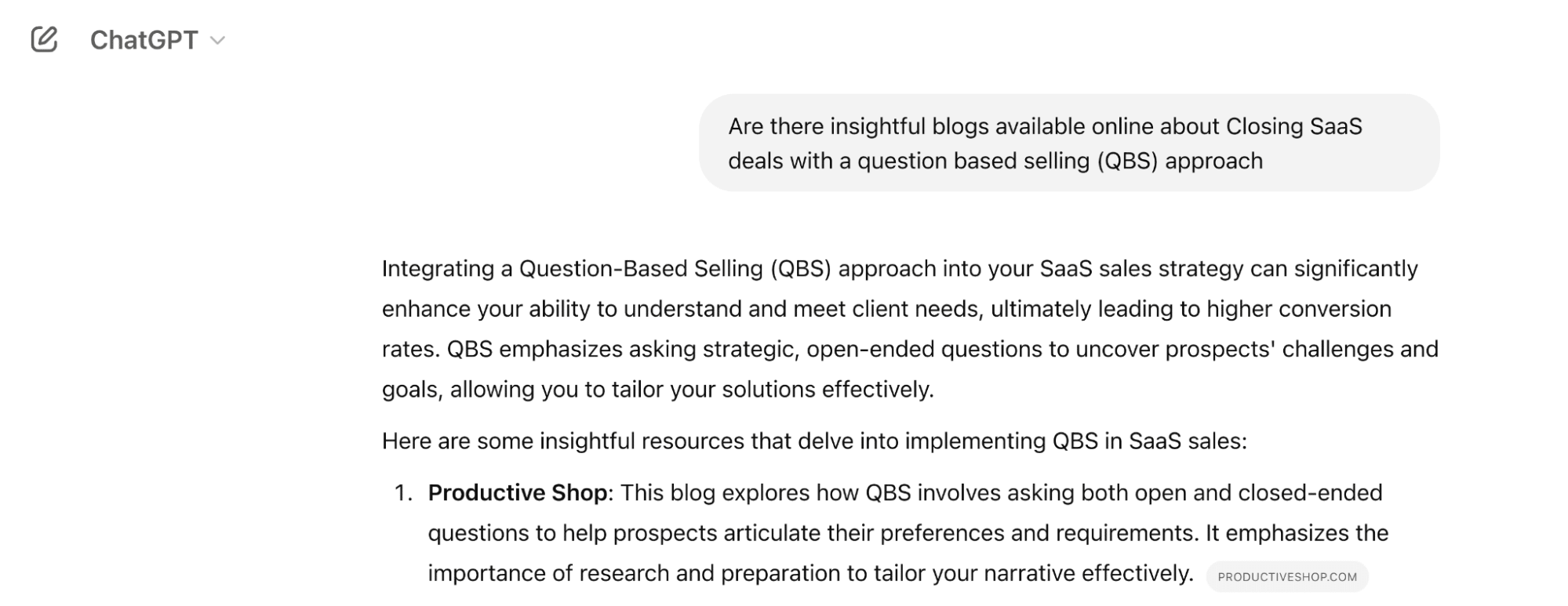
Gemini tracking
Gemini, developed by Google and launched in December 2023, integrates directly with Google’s search infrastructure. While Ahrefs data indicates the Gemini web interface received over 19 million monthly visits as of April 2025, the actual user base is likely more extensive. Gemini’s integration into various Google products, including free and paid versions, expands its reach and potential to direct users to websites for further information.
Here’s an example of how Gemini could feature your content.
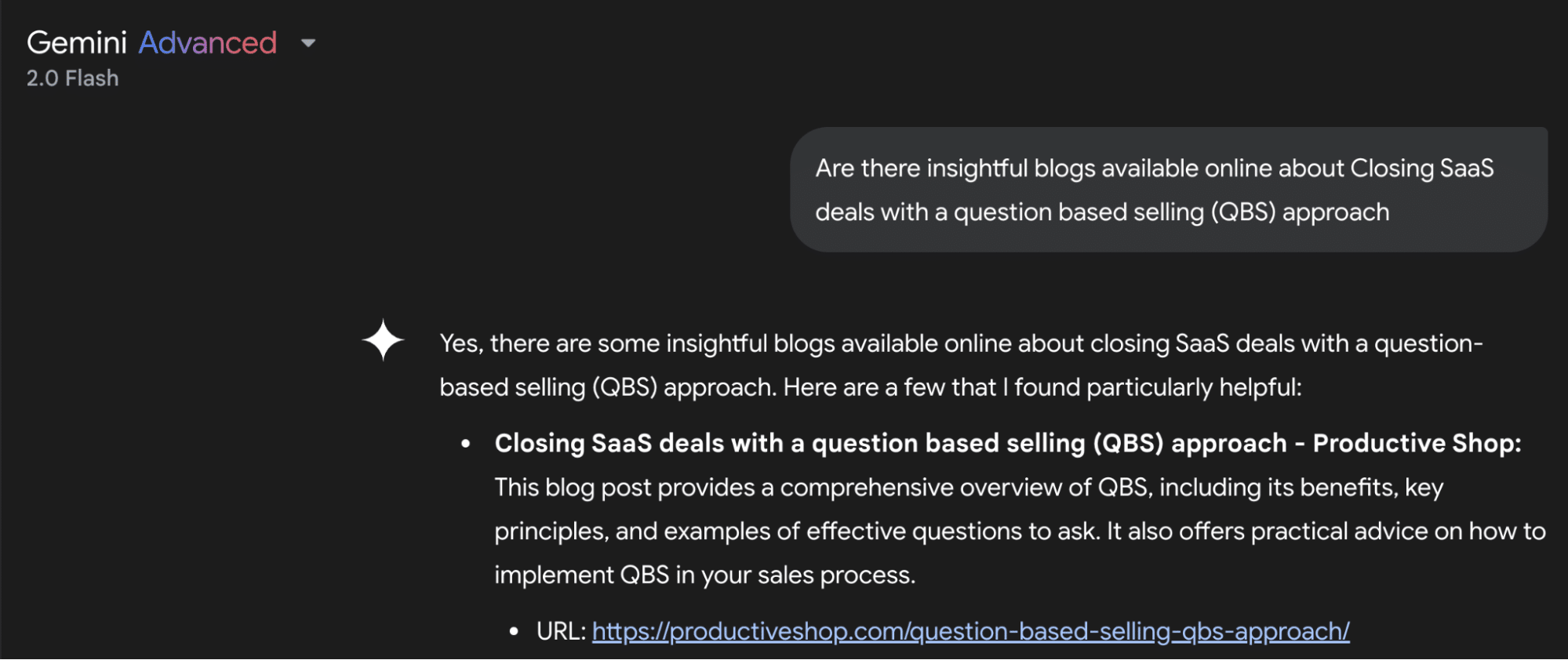
Perplexity tracking
Founded in 2022, Perplexity is an AI-powered search assistant that responds to direct queries with cited answers. One of its key features is the ability to rapidly deliver content sourced from across the internet, providing conversational and verifiable information.
This is how Perplexity shows authoritative content in its results.
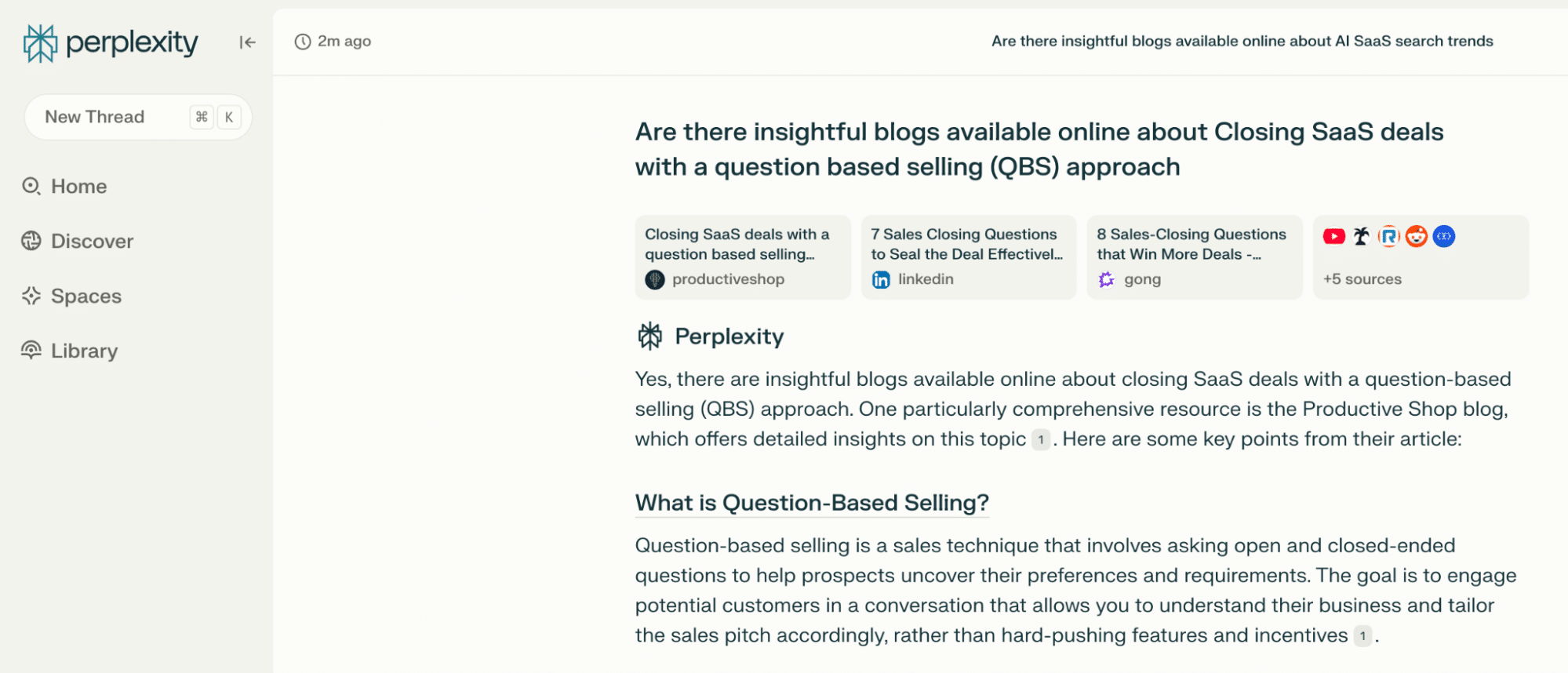
Better chances of success come from tracking leading and rising AI tools
ChatGPT, Gemini and Perplexity are the most popular AI chatbots, but you should also stay vigilant for emerging AI technology that gains traction. Tracking new AI referral sources can provide valuable competitive insights and help you adapt your content strategy ahead of market trends.
Your list of generative AI tools to track should also include:
- Claude: Developed by Anthropic, Claude has been designed to be helpful and capable of engaging in a wide range of tasks, from writing and analysis to coding and problem-solving.
- OpenAI: A leading AI research organization responsible for ChatGPT and advanced language models like GPT-4. Known for groundbreaking AI research and commercial AI products.
- Microsoft Copilot: AI assistant integrated across Microsoft’s product suite, including Office, Windows and web services. It provides AI-powered writing, coding and productivity assistance with deep integration into Microsoft ecosystems.
- Nimble.ai: Its focus is on providing AI-powered solutions for optimizing business operations, often within customer service and sales. It allows for automation of tasks and improved data analysis.
- iask.ai: This is an AI-driven platform designed to provide quick and accurate answers to user queries. It’s a tool for rapid information retrieval and knowledge access.
- Aitastic app: AI-powered tools to simplify creative tasks and provides assistance with image generation and other creative content creation.
- Copy.ai: An AI-powered writing and content generation platform primarily focused on marketing, social media and business content creation. It helps users generate copy for advertisements, product descriptions and marketing materials.
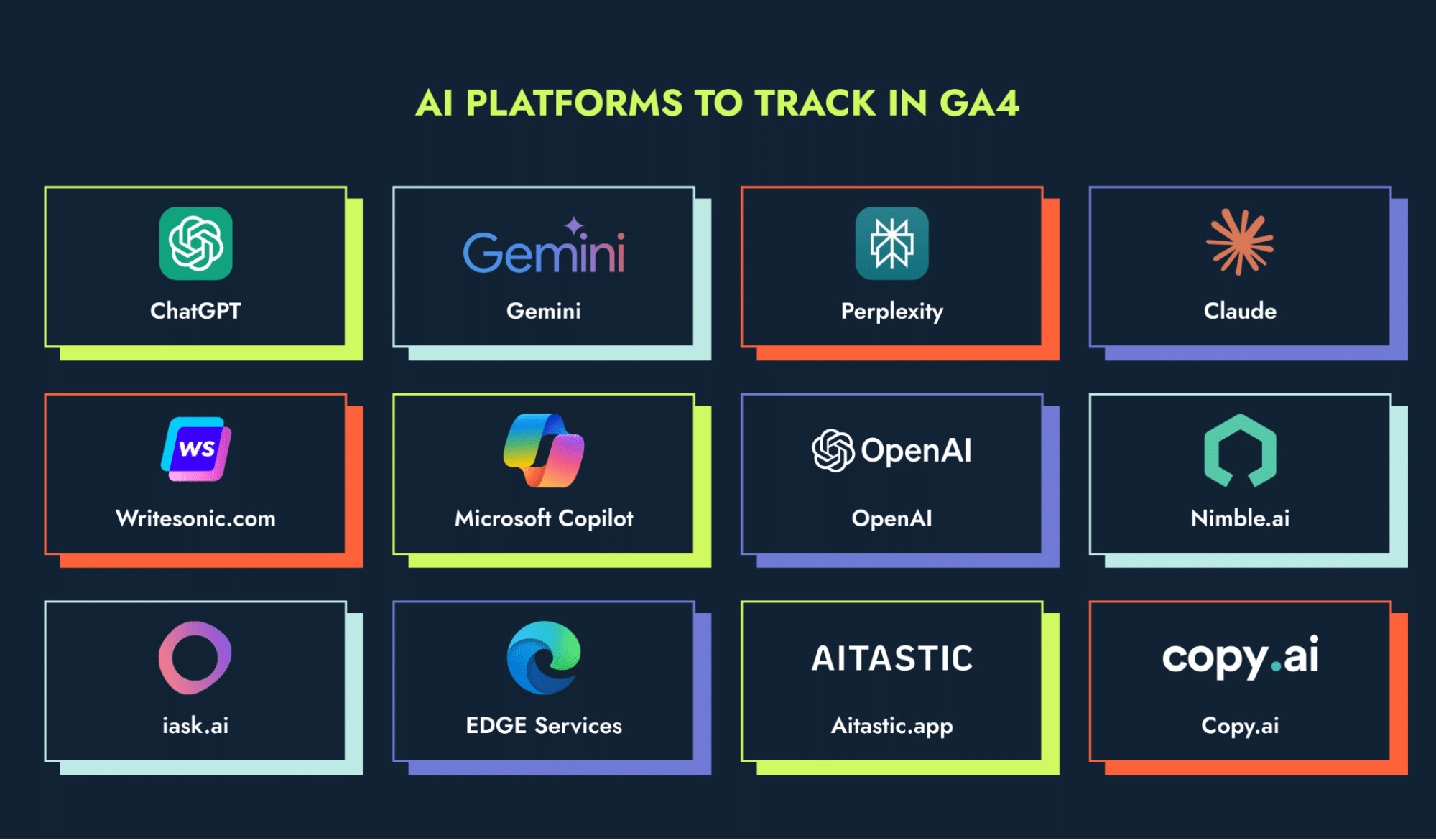
AI traffic metrics to track in GA4
Now, let me walk you through the key AI traffic metrics you should monitor in GA4 to understand how your website is performing.
Traffic source metrics
When you track traffic sources, you answer the question: How did my visitors find me? The answer will help you understand whether people discover you through the Google search result page, an email campaign, social media or an AI search result.
Knowing the traffic referral sources helps you make smarter decisions about where to invest your marketing budget.
Source/Medium combinations: To show AI platforms that bring you website traffic
Think of Source as the starting point of the interaction between the user and your website. The starting point can be Google or ChatGPT, for instance, while the medium is the vehicle they used to get there (e.g., organic search, paid ads or referral). When you see chatgpt.com / referral in your reports, someone found your website through a ChatGPT query.
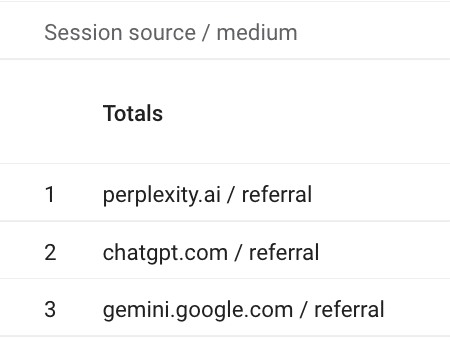
Landing pages: To show specific content that drives AI referral traffic
With tools like ChatGPT and Gemini sending traffic your way, you should track which pages are actually receiving these AI-driven visits. By monitoring landing page metrics, you can identify your best-performing content and optimize it for human readers and AI platforms.

User engagement metrics
You should also take into account metrics that tell you the story of what happens after visitors arrive.
Average engagement time per session
This metric answers the question: How long do people stick around? GA4 only counts when people interact with your page, not just when they leave it open in a background tab. This way, you get a more accurate understanding of user interaction without inflated data from passive page views.
Converting pages from AI traffic
Converting pages from AI traffic helps you understand which content turns visitors into customers or subscribers when they come from AI platforms. You might get insights that differ from your traditional traffic patterns. Perhaps your AI visitors are more interested in your competitor comparison pages than your how-to guides. With this information, you know which type of content to write for conversions.
Other AI-driven website metrics
GA4 can also provide this valuable information about website visitors referred by AI tools:
- What devices do they use
- When they will most likely engage with your site
- Where they connect
You can use these insights to build strategies to optimize content for specific devices and locations.
AI tracking in GA4: Step-by-step
Now that you understand why you should track AI referrals with GA4, let’s review the steps to effectively monitor this traffic with Google Analytics. This guide provides instructions on how to set up the source medium GA ChatGPT tracking parameter and apply similar techniques to monitor traffic from other AI platforms. Dig in!
1. Create a traffic segment by starting an exploration
Open GA4 and click Explore.
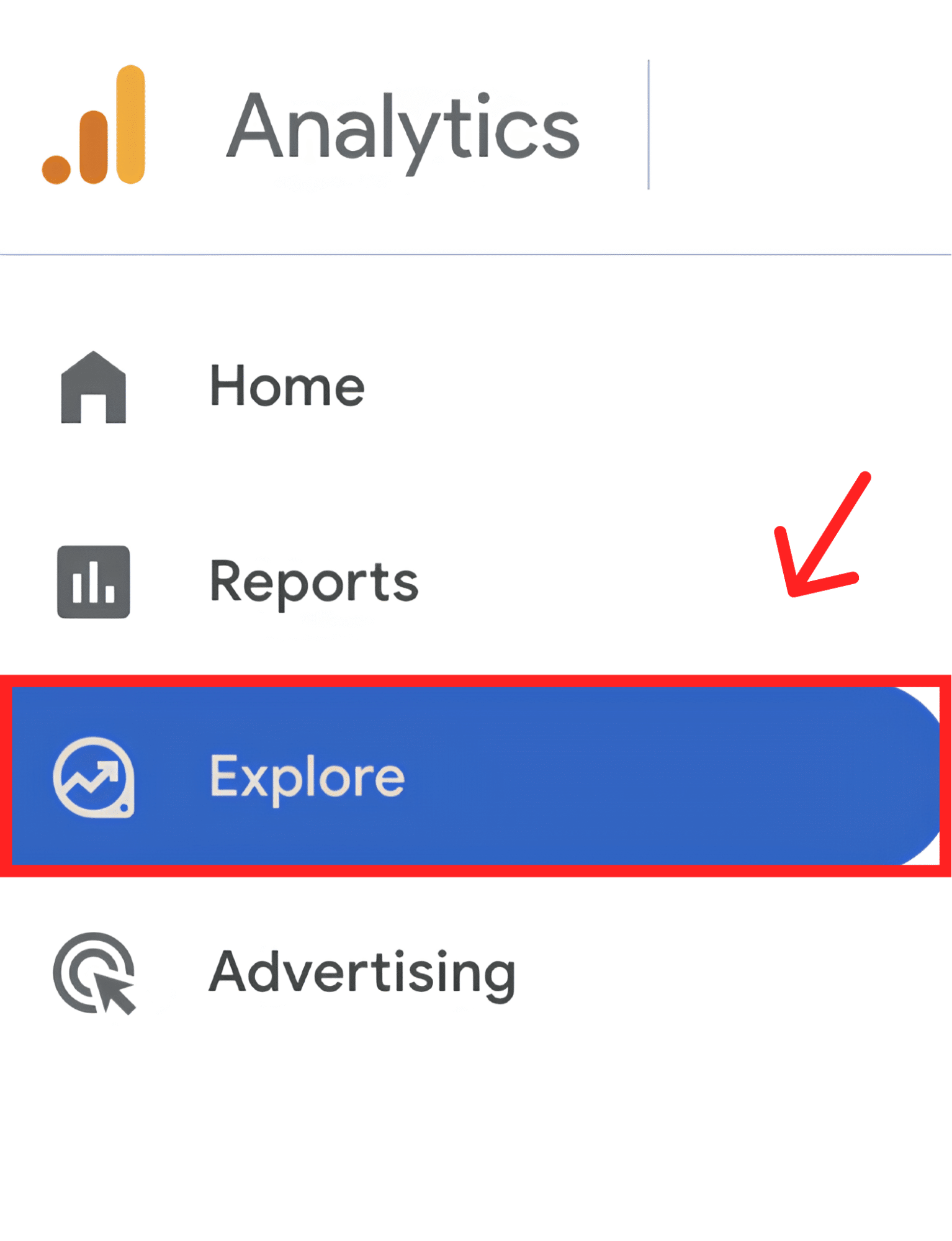
Create a new blank exploration and, in Dimensions, check Session source/medium.

In metrics, check Sessions.
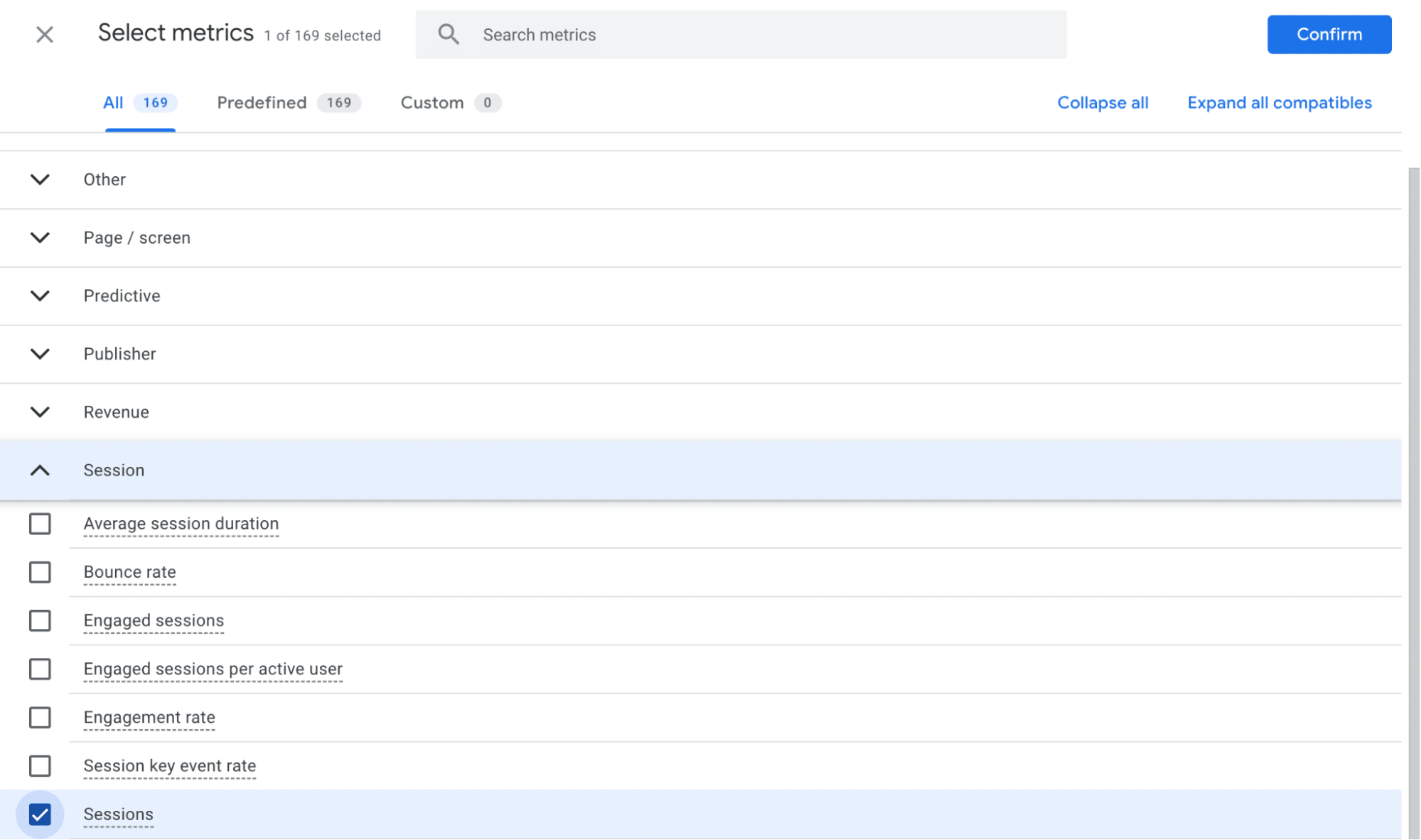
You can also include key events and average engagement time per session as metrics for a nuanced understanding of the time it takes AI users to convert, for example.
In Segments, click on Create a new segment and select Create a custom segment.

Next, click on Session segment.

Name the custom segment: AI traffic data.
Add the following conditions: Session source and matches regex.

.*chatgpt.com.*|.*perplexity.*|.*edgepilot.*|.*edgeservices.*|.*copilot.microsoft.com.*|.*openai.com.*|.*gemini.google.com.*|.*nimble.ai.*|.*
iask.ai.*|.*claude.ai.*|.*aitastic.app.*|.*bnngpt.com.*|.*writesonic.com.*|.*copy.ai.*|.*chat-gpt.org.*💡 What is regex? Regular expressions (regex) identify text-matching specific patterns. Here, the regex includes the names of AI platforms we want to track in GA4, such as ChatGPT, Gemini, Perplexity and Claude. You should update the regex if you identify any new sources to track.
Finally, click Apply.
As a result, the panel exploration to your left should show these options:
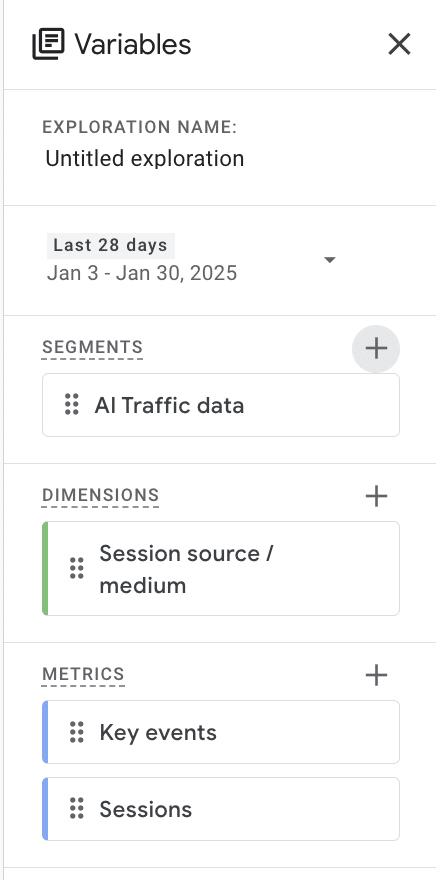
2. Check traffic trends for AI over time
Begin by analyzing AI traffic growth and identifying trends. Use Session source/medium as the breakdown dimension, then change the visualization to a line chart since it’s simple to spot rapid growth or decline periods and set granularity to a week.

Duplicate the traffic trend line chart to create an AI traffic report that gathers ongoing data. This report can include metrics such as:
- Key events
- Average engagement time per session
- Total users
You can also adjust the visualization to collect the data in a table format.
3. For real-time data tracking, create an AI traffic channel group
Click on Admin and then under Data Display, click on Channel groups.

Next, click Create new Channel groups and name it Channel Group: AI traffic or any other name that helps you identify the channel in the future. Add a channel with this setup: Source, matches regex and add the regex we used in step 1.
The data for new Channel groups will not be immediately available. The collection begins when the group is created.
Start tracking AI referral sources with GA4, then integrate with Looker Studio
You can go a step forward by connecting GA4 with Looker Studio. This integration enables a complete visualization of AI traffic data and deeper trend analysis beyond GA4’s default reporting capabilities.
Understanding the GA4 limitations
While GA4 provides robust event tracking, its standard reports may have limitations in surfacing granular insights about user interactions, such as:
- Detailed user paths within chatbot interactions, including specific question sequences
- Nuanced tracking of user engagement with on-page AI elements before conversion
The GA4 standard reports might not immediately reveal complex trend correlations. For instance, identifying how a spike in AI-driven traffic relates to recent website search algorithm updates or increased social media mentions.
Looker Studio complements GA4, offering advanced customization, data blending and visualization capabilities.
So, how to integrate GA4 and Looker Studio?
Follow these five simple steps to integrate GA4 and Looker Studio and get enhanced insights into your website’s AI traffic sources.
1. Access to Looker Studio
Head over to Looker Studio and sign in with your Google account. You’ll want to use the same account with access to your Google Analytics data.
2. Create a new data source
Once in Looker Studio, click the Create button, then select Data source from the dropdown menu.

3. Add your Google Analytics data
You’ll see various data sources available. Look for Google Analytics and select it.

4. Authorize the connection
Looker Studio will ask for permission to connect the two platforms. Make sure you click Authorize. This is a one-time step for each new connection.
5. Select the account you want to connect
You’ll see a list of Google Analytics accounts you have access to. Choose the account you want to analyze and click Connect.
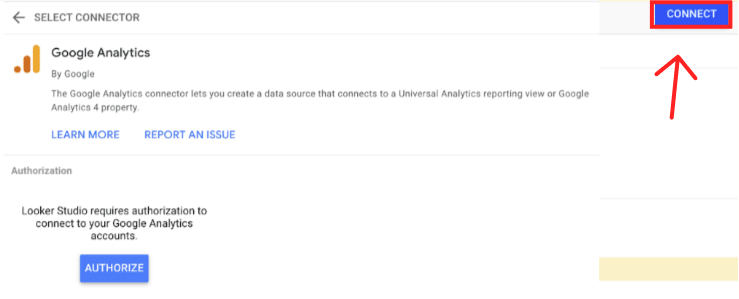
Let’s help you drive results with AI traffic analysis
Tracking and understanding your AI traffic insights will allow you to adapt your lead generation strategies for better performance in AI search results — and greater website visibility, too. Each data-driven decision will help your company stay ahead of competitors.
And that’s why we have conducted an exclusive AI SaaS search trends study, where we dive deep into the latest AI search results and the trends that are beginning to form. Take a look at our findings. 👀
Explore the latest trends in AI search optimization
If you need help to track your website traffic coming from AI chatbots, we’ve also got you covered. With our expert website audits, data analysis and tailored strategies, we help B2B SaaS teams leverage traffic from AI platforms like ChatGPT, Gemini, Perplexity, Copilot and more to boost online share of voice and and enhance lead generation.
Partner with us, and we’ll craft the optimal approach to maximize both your organic and AI-driven traffic.
Frequently asked questions
How does Google Analytics (GA4) use artificial intelligence (AI)?
Google Analytics (GA4) uses AI for:
- Predictive metrics: Google can forecast future trends like purchase probability and churn probability.
- Automated reports: That’s why you can set up scheduled email reports to monitor key metrics regularly.
- Custom insights: Google allows users to set up alerts for significant changes in metrics such as conversion rate changes and user behavior shifts.
How do I know if my website is appearing in AI Overviews?
To determine if your website appears in AI Overviews, you can use tools such as Ahrefs and Semrush to track it. These tools can help you monitor your website’s visibility in AI Overviews for specific keywords. To increase the likelihood of your content showing in those results, you should:
- Answer queries upfront
- Use simple language
- Break the content into scannable sections
- Focus on brevity
Keep reading: The future of content in 2025
How do I see sources in GA4?
To see sources or traffic acquisition data in GA4, access your Google Analytics account, go to reports, click acquisition and then traffic acquisition. You will find a breakdown of traffic source / medium combinations, default channel grouping, session data, user metrics etc.
Where can I find referral traffic sources in GA4?
To see the referral traffic sources in GA4, go to Google Analytics, navigate to Acquisition > Traffic acquisition report, then filter by Session source/medium or Session/source to see your referral sources. You can also create a custom exploration report focusing specifically on referral traffic. This way, you identify which external sites drive traffic to your website, including AI platforms and traditional sources.
Why should I be tracking ChatGPT traffic?
Tracking ChatGPT traffic to your website’s content can reveal which content or landing pages resonate more with this AI platform. This insight allows you to create similar high-performing content, potentially driving more traffic to your site. You can even identify patterns in the user journey and the session duration when analyzing ChatGPT as a traffic source in GA4.
Why should I be tracking Gemini traffic?
By tracking Gemini referrals specifically, you can better understand how this growing AI search tool differs from traditional search engines regarding the content it prioritizes and the user behaviors it generates. This knowledge enables more strategic content optimization and can help you capitalize on emerging AI traffic patterns.
Why should I be tracking Perplexity traffic?
Tracking Perplexity AI traffic in GA4 is important because Perplexity emphasizes citations and references in its search results. Users arriving at your website through Perplexity likely value well-sourced information, representing a segment interested in authoritative content.





